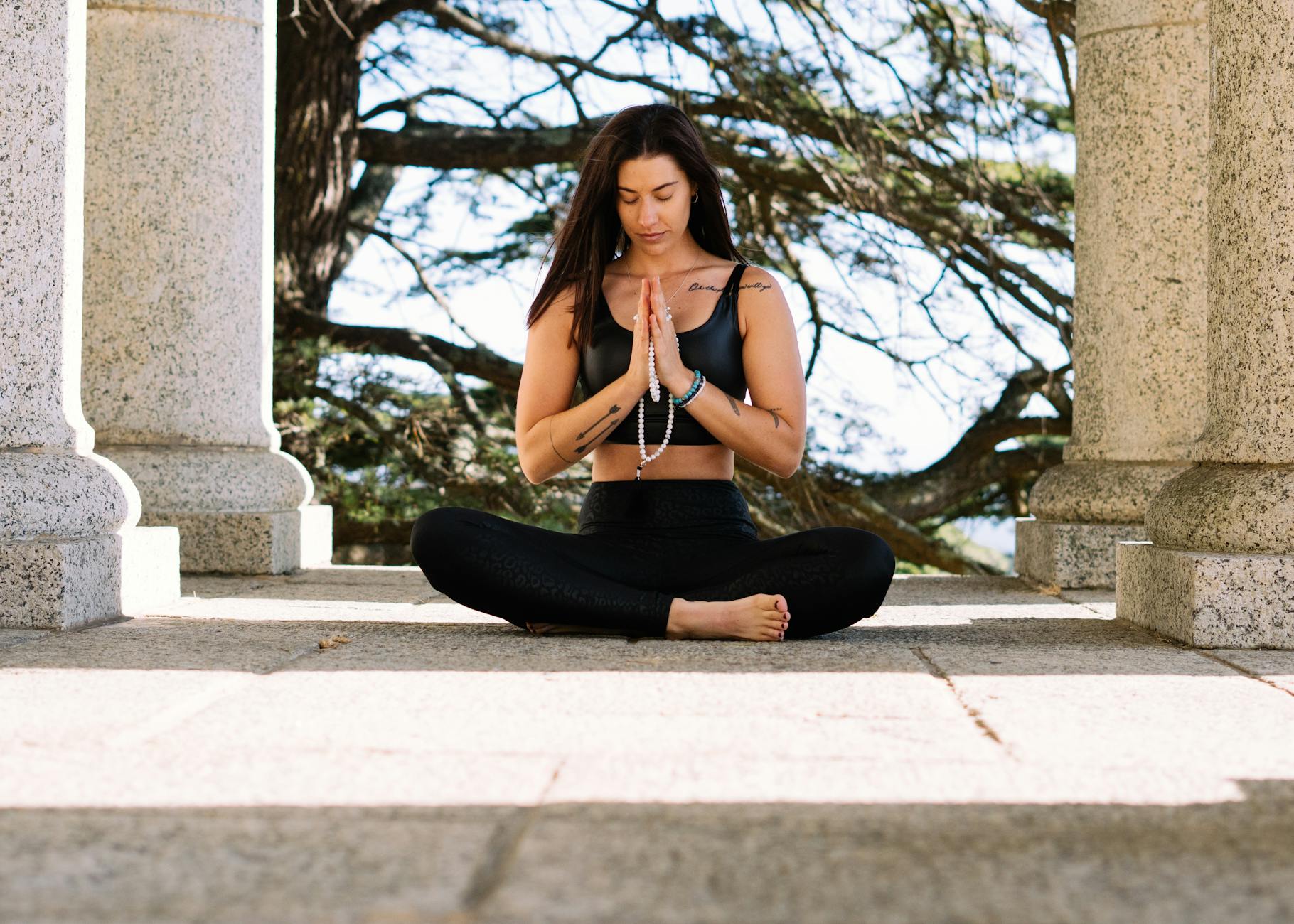
How Do I Practice Mindfulness?
In today’s fast-paced world, where distractions are plentiful and stress levels are high, practicing mindfulness has become increasingly essential for maintaining mental and emotional well-being. But what exactly is mindfulness, and how can you incorporate it into your daily life to experience its numerous benefits?
Understanding the Concept of Mindfulness
Definition of Mindfulness
Mindfulness is the practice of being fully present and engaged in the present moment, without judgment or attachment to thoughts or feelings that arise. It involves paying attention to your thoughts, emotions, and sensations in a non-reactive manner.
Origins of Mindfulness
The concept of mindfulness originates from ancient Buddhist traditions but has gained popularity in Western psychology and wellness practices in recent decades. It is rooted in the idea of cultivating awareness and acceptance of the present moment.
Benefits of Practicing Mindfulness
Mental Benefits
Practicing mindfulness has been shown to reduce stress, anxiety, and depression by promoting relaxation and enhancing emotional regulation. It improves cognitive functions such as focus, attention, and memory, leading to greater clarity of mind.
Physical Benefits
Mindfulness practices like deep breathing and body scan meditation can lower blood pressure, improve sleep quality, and boost the immune system. By reducing the body’s stress response, mindfulness contributes to overall physical health and well-being.
Emotional Benefits
By cultivating self-awareness and compassion, mindfulness helps individuals develop greater resilience in the face of challenges and adversity. It fosters a sense of inner peace, contentment, and gratitude, leading to more fulfilling relationships and a greater sense of happiness.
Techniques for Practicing Mindfulness
Mindful Breathing
One of the simplest and most effective mindfulness techniques is mindful breathing. Take a few moments to focus on your breath, noticing the sensation of air entering and leaving your body. Whenever your mind wanders, gently bring your attention back to the breath.
Body Scan Meditation
Body scan meditation involves systematically scanning your body from head to toe, bringing awareness to each area and noticing any sensations or tensions without judgment. This practice helps release physical tension and promotes relaxation.
Mindful Walking
Mindful walking involves paying attention to each step as you walk, focusing on the sensation of your feet touching the ground and the movement of your body. It can be practiced indoors or outdoors, providing an opportunity to connect with nature.
Mindful Eating
Mindful eating involves savoring each bite of food, paying attention to the flavors, textures, and sensations in your mouth. It encourages slow, deliberate eating and promotes healthier food choices by increasing awareness of hunger and satiety cues.
Loving-Kindness Meditation
Loving-kindness meditation involves cultivating feelings of love, compassion, and goodwill towards yourself and others. By sending positive intentions and blessings, this practice helps cultivate a sense of connection and empathy.
Incorporating Mindfulness into Daily Life
Mindful Morning Routine
Start your day with a mindful morning routine, such as stretching, journaling, or setting intentions for the day ahead. This sets a positive tone for the day and establishes a mindful mindset from the beginning.
Mindful Work Practices
Incorporate mindfulness into your workday by taking short mindfulness breaks, practicing deep breathing or mindfulness exercises between tasks, and cultivating a sense of presence and focus in your work.
Mindful Communication
Practice mindful communication by listening attentively to others, speaking with kindness and empathy, and being fully present in conversations. Mindful communication fosters deeper connections and understanding in relationships.
Overcoming Common Challenges in Mindfulness Practice
Restlessness and Impatience
It’s common to experience restlessness and impatience when starting a mindfulness practice. Remember that mindfulness is a skill that takes time to develop, and be patient with yourself as you navigate the process.
Overthinking and Worry
If you find yourself caught up in overthinking or worry during mindfulness practice, gently redirect your attention back to the present moment. Use grounding techniques like focusing on your breath or senses to anchor yourself in the here and now.
Perceived Lack of Time
Many people cite a lack of time as a barrier to practicing mindfulness. Start with short, manageable practices that can be integrated into your daily routine, such as a brief morning meditation or a mindful walk during lunch breaks.
Tips for Sustaining a Mindfulness Practice
Start Small
Begin with small, achievable goals for your mindfulness practice, such as meditating for a few minutes each day or practicing mindful breathing during daily activities. Gradually increase the duration and intensity of your practice over time.
Be Consistent
Consistency is key to reaping the benefits of mindfulness. Set aside dedicated time each day for practice, and make it a priority in your schedule. Even on busy days, find moments to pause and reconnect with the present moment.
Find Support and Accountability
Joining a mindfulness group or seeking support from friends or family members can help keep you accountable and motivated in your practice. Share your experiences and challenges with others, and learn from their insights and perspectives.
Conclusion
Incorporating mindfulness into your daily life can have profound effects on your overall well-being, from reducing stress and anxiety to enhancing mental clarity and emotional resilience. By practicing mindfulness techniques regularly and integrating them into your routines, you can cultivate a deeper sense of presence, peace, and fulfillment.
What Are the 7 Attitudes of Mindfulness?
What are the 4 R’s of Mindfulness?
What are the 4 C’s of Mindfulness?
What Are the 5 Steps of Mindfulness?
What is the Relationship Between Mindfulness and Wellbeing?
Unique FAQs
- Is mindfulness suitable for everyone?
- Yes, mindfulness is a practice that can benefit people of all ages and backgrounds. However, individuals with certain mental health conditions should consult with a healthcare professional before starting a mindfulness practice.
- How long does it take to see results from mindfulness practice?
- The effects of mindfulness practice can vary from person to person, but many people report experiencing benefits such as reduced stress and increased well-being within a few weeks of consistent practice.
- Can mindfulness help improve relationships?
- Yes, mindfulness can enhance interpersonal relationships by promoting empathy, compassion, and effective communication. Practicing mindfulness can help individuals become more present and attentive in their interactions with others.
- What should I do if I find it difficult to stay focused during mindfulness practice?
- If you find it challenging to stay focused during mindfulness practice, remember that it’s normal for the mind to wander. Simply acknowledge any distractions and gently bring your attention back to the present moment without judgment.
- Are there any scientific studies supporting the benefits of mindfulness?
- Yes, there is a growing body of research demonstrating the numerous physical, mental, and emotional benefits of mindfulness practice. Studies have shown that mindfulness can improve various aspects of health and well-being, including stress reduction, pain management, and emotional regulation.






















